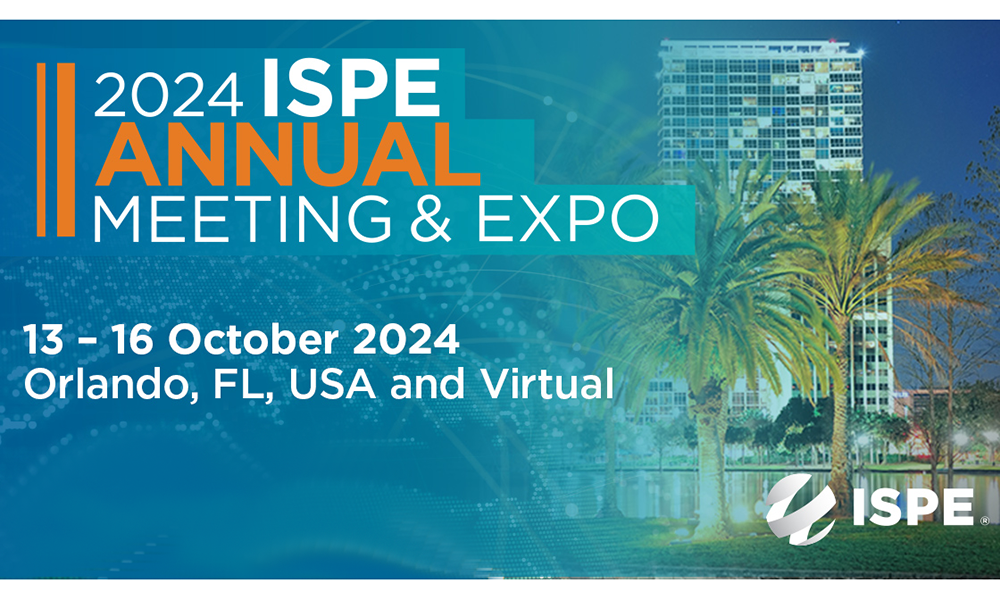Effective review and management of manufacturing and quality data provides many insights that helps a firm better understand their product quality throughout its life cycle. Relevant data includes:
- Maturity level of various functional areas in a manufacturing plant (From raw material receipt to finished goods manufacturing and shipping, from a standalone state of a function to overall site excellence that is outcome and solution driven)
- Acceptance rate of manufactured lots
- Product quality complaint rate
- Investigations into product failures (OOS, Invalidations, Laboratory and Manufacturing etc.)
- Effectiveness of identified corrective actions
- Cost of quality (cost of poor quality [Internal and external) and goods quality]
- Capacity utilization
The ICH quality implementation working group has prepared a document with the points to consider for topics relevant to implementation of Q8 (R2), Q9 and Q10. The importance of scientific rationale and quality risk management processes to reach conclusion on what are critical quality attributes (CQAs) and critical process parameters (CPPs) for a given product and process can never be ignored or underestimated.
The information developed to determine CQAs and CPPs will help to:
- Develop effective control strategies
- Ensure quality of the product throughout the product lifecycle
- Increase product and process knowledge throughout the organization
- Increase transparency and understanding for regulators and industry
- Evaluate changes to what?
One of the most impactful activities on improving quality risk management throughout an organization is the process of developing comprehensive responses to regulatory action. It provides an opportunity to examine processes and operations at a more granular level to ensure both a resolution of the issue identified by regulatory authorities and the sustainability of the changes implemented.
With an increasing number of non-conformances, warning letters/OAIs for sites governed by US regulations, one has to ask what the missing link might be. Companies responding to regulatory actions need to create comprehensive responses that not only address their remediation plan, but also identify how they intend to ensure the sustainability of the remediated processes.
Surely, most companies participating this conference must have been through at least one USFDA physical audit. We are all fully aware that our expertise, presentation, knowledge, and behavior are important traits while facing agency investigators during inspection time. What is more important is our post-inspection behavior. How we read and understand a 483, how we respond, and how we communicate with the agency all play a vital role in how we will draw the closure lines. They can be good short ones or a very long one.
Response to a 483 observation is perhaps the last and best opportunity to tell your side of the story before many agency officials (compliance, enforcement, OMQ, OPQ, to name a few) who have not been to your facility and are unaware of what might have happened during the inspection. Form 483 is the living, guiding document for them to assess your facility and make some assumptions of what happened during inspection. You may be surprised to learn that FDA believes it is your responsibility to work with its investigators before they leave your facility to address any inaccuracies on the Form 483.
Fortunately, during these unprecedented times, the FDA has implemented an interim COVID-19 process for communicating with facilities following FDA review of records that will help companies to navigate the post-OAI requirements.
Come and join us at the 2021 ISPE Asia Pacific Pharmaceutical Manufacturing Virtual Conference from 17 - 18 June 2021 with a main topic on ‘Sustainable Implementation of Quality Risk Management’ as we discuss with industry peers, SMEs and global regulators (USFDA, MHRA) on the importance of Implementing QRM in manufacturing and supply operations with emphasis on critical review of quality and manufacturing data.
Learn More & Register





